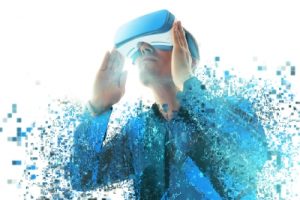 While COVID-19 cases continue to decline, and states and localities start dropping mask and vaccine mandates it's easy to get our hopes up for a return to "normal." But we've seen this "movie" and now know how quickly things can spike back up to levels impacting public health. In reality, we don't know what normal really is. For the near future, we should expect to see many pandemic precautions remain in place in some form for in-person events for the foreseeable future. This includes sanitization, spacing, masks, and vaccine mandates.
While COVID-19 cases continue to decline, and states and localities start dropping mask and vaccine mandates it's easy to get our hopes up for a return to "normal." But we've seen this "movie" and now know how quickly things can spike back up to levels impacting public health. In reality, we don't know what normal really is. For the near future, we should expect to see many pandemic precautions remain in place in some form for in-person events for the foreseeable future. This includes sanitization, spacing, masks, and vaccine mandates.
Experience has shown us that careful planning can lead to safe events. The first known omicron case in the U.S. was found in a person that had attended a 53,000-person anime convention in New York. The initial fear was that the event would reveal itself to be a super spreader. The reality showed that was not the case. A CDC study credited good air filtration, widespread vaccination and indoor masking. Events should look to scale these types of efforts to keep attendees healthy even in less contagious environments. Continue reading

 March is Women's History Month, a time to reflect on the
March is Women's History Month, a time to reflect on the  Training has been an early application of virtual reality (VR) in government. In fact, in a
Training has been an early application of virtual reality (VR) in government. In fact, in a  The Department of Health and Human Services (HHS) has been in the spotlight like never before with their critical role in managing the pandemic. While there is a lot of work still to be done on that front, other critical efforts are taking place across HHS agencies that will have an incredible impact on the health and well-being of citizens.
The Department of Health and Human Services (HHS) has been in the spotlight like never before with their critical role in managing the pandemic. While there is a lot of work still to be done on that front, other critical efforts are taking place across HHS agencies that will have an incredible impact on the health and well-being of citizens. Blockchain
Blockchain
